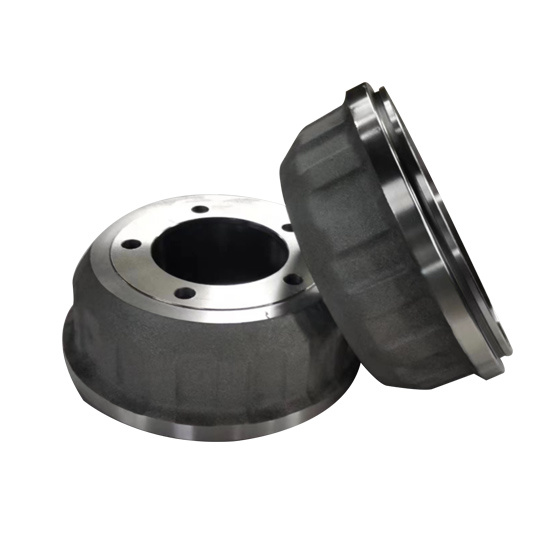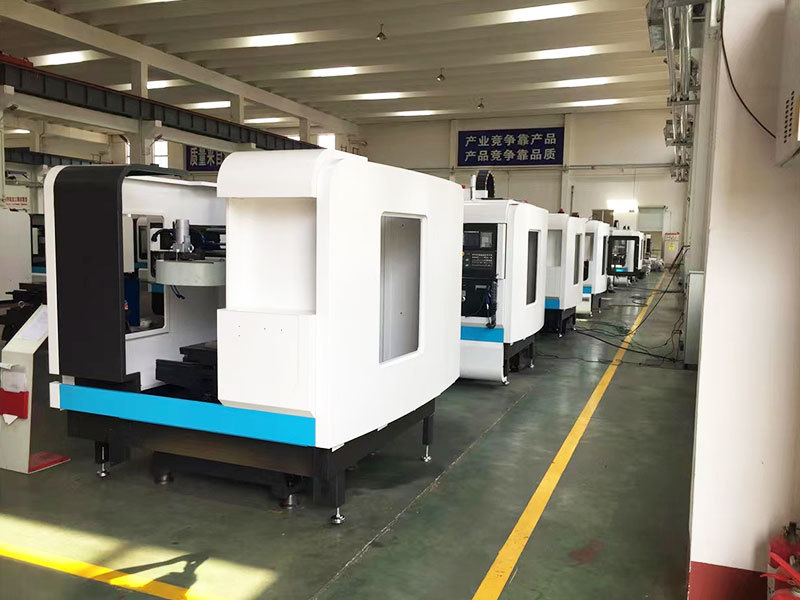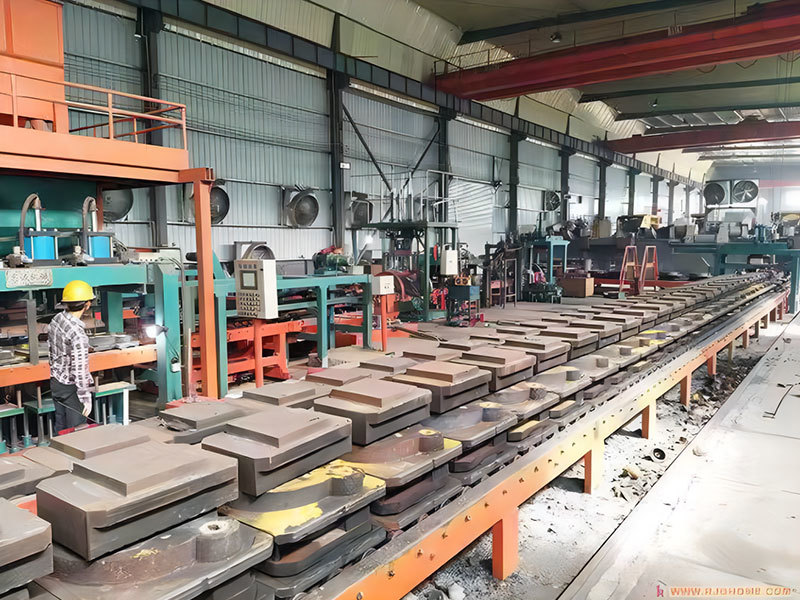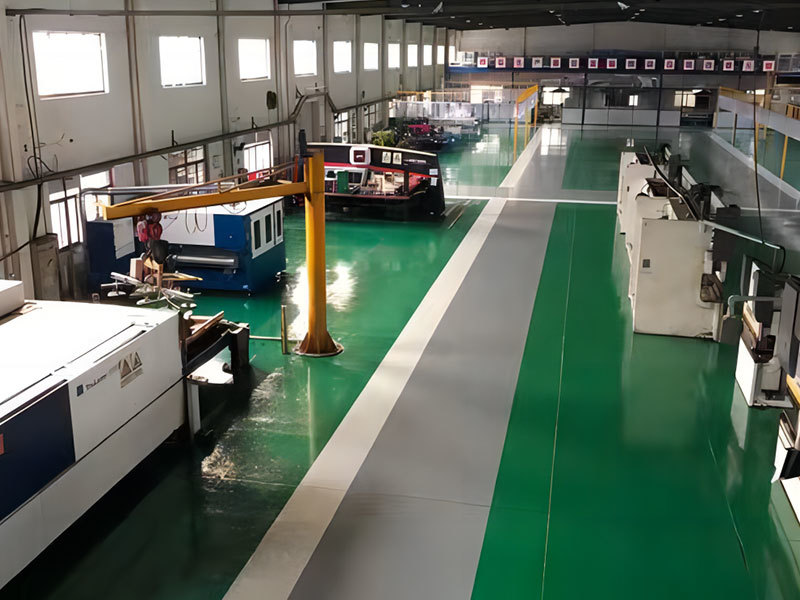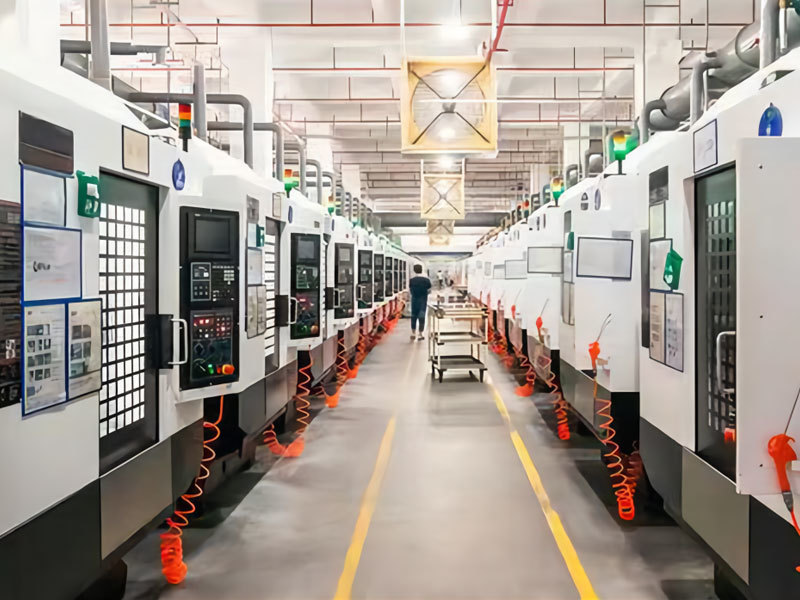Maximize Safety: Investing in Silverado Drum Brakes for Optimal Performance
Release time:
24 May,2025
Maximize Safety: Investing in Silverado Drum Brakes for Optimal Performance Table of Contents Understanding Drum Brakes Benefits of Drum Brakes in Silverado Vehicles How Drum Brakes Work: A Detailed Explanation Identifying Signs of Wear and Tear Maintenance Tips for Keeping Drum Brakes in Top Shape Upgrading to High-Quality Drum Brakes Costs Associated with Drum Br

Maximize Safety: Investing in Silverado Drum Brakes for Optimal Performance
Table of Contents
- Understanding Drum Brakes
- Benefits of Drum Brakes in Silverado Vehicles
- How Drum Brakes Work: A Detailed Explanation
- Identifying Signs of Wear and Tear
- Maintenance Tips for Keeping Drum Brakes in Top Shape
- Upgrading to High-Quality Drum Brakes
- Costs Associated with Drum Brake Investment
- Frequently Asked Questions
- Conclusion
Understanding Drum Brakes
Drum brakes have been a staple in automotive braking systems for decades, particularly in trucks and larger vehicles like the Chevrolet Silverado. They consist of a cylindrical drum that rotates with the wheel, and inside the drum are brake shoes that press outward against the drum’s inner surface to create friction, thereby slowing the vehicle down. This mechanism is different from disc brakes but offers unique benefits that are particularly advantageous for the Silverado's application.
Understanding the fundamentals of how drum brakes operate can help vehicle owners appreciate their importance. Drum brakes are capable of handling larger workloads and provide excellent stopping power, making them ideal for heavier vehicles frequently used for towing or carrying heavy loads.
Benefits of Drum Brakes in Silverado Vehicles
Investing in high-quality drum brakes for your Silverado offers numerous advantages:
1. Enhanced Safety Features
Safety should always be a priority, especially when driving a vehicle like the Silverado, designed for performance and capability. Drum brakes provide reliable stopping power, critical for heavy-duty applications. They excel in wet conditions, where the enclosed design helps prevent water and debris from affecting braking performance.
2. Cost-Effectiveness
Drum brakes are generally more affordable compared to their disc counterparts. For Silverado owners who use their vehicle for daily tasks or work, this can be a significant factor in maintenance budgeting. The initial investment is lower, and with proper care, drum brakes can last for many years.
3. Durability and Longevity
Silverado drum brakes are known for their durability. They tend to withstand wear and tear better than disc brakes, especially in heavy-use situations. This longevity means fewer replacements and repairs, allowing owners to save on long-term maintenance costs.
How Drum Brakes Work: A Detailed Explanation
To fully appreciate the investment in drum brakes, it helps to understand their operation. When the driver presses the brake pedal, hydraulic fluid is directed to the brake cylinders, pushing the brake shoes outward against the drum. This friction slows down the wheel.
Components of Drum Brakes
- **Brake Drum:** The outer metal shell that rotates with the wheel.
- **Brake Shoes:** Curved friction material that presses against the drum to create stopping power.
- **Wheel Cylinder:** A hydraulic component that pushes the brake shoes outward.
- **Return Spring:** Ensures the brake shoes retract once the brake pedal is released.
Advantages of Drum Brake Mechanics
Drum brakes can maintain effectiveness even under extreme conditions. They are generally less prone to brake fade—this phenomenon occurs when excessive heat reduces braking power—than disc brakes, making them ideal for heavy-duty vehicles like the Silverado.
Identifying Signs of Wear and Tear
Recognizing when drum brakes are wearing out is crucial for your safety. Common signs include:
1. Squeaking or Grinding Noises
If you hear unusual sounds when applying the brakes, it could indicate that the brake shoes are worn down and need replacement.
2. Reduced Braking Performance
If your vehicle takes longer to stop or feels spongy when braking, it’s essential to have the drum brakes inspected promptly.
3. Vibration or Pulsation
Feeling vibrations through the brake pedal can suggest that the drum is warped or unevenly worn.
Maintenance Tips for Keeping Drum Brakes in Top Shape
To maximize the lifespan of your Silverado's drum brakes, regular maintenance is vital. Here are some effective tips:
1. Regular Inspections
Schedule routine brake inspections to assess the condition of the drum and shoes. Early detection of wear can prevent costly repairs.
2. Proper Adjustments
Ensure that the brake shoes are appropriately adjusted. Misalignment can lead to uneven wear and compromised braking ability.
3. Keeping Brake Components Clean
Dirt and debris can accumulate inside the drum, potentially affecting performance. Regular cleaning helps maintain optimal functionality.
Upgrading to High-Quality Drum Brakes
If you’re considering upgrading your Silverado's drum brakes, focus on quality. High-performance drum brakes are designed to provide better stopping power, improved heat dissipation, and overall enhanced safety.
1. OEM vs. Aftermarket Options
Decide between Original Equipment Manufacturer (OEM) parts and aftermarket options. While OEM parts are reliable, aftermarket products might offer superior performance and durability.
2. Performance Brands to Consider
Research reputable brands known for high-quality drum brakes. Brands with proven track records can significantly enhance your vehicle's braking system.
Costs Associated with Drum Brake Investment
Investing in drum brakes does come with costs, but understanding these can help you budget appropriately.
1. Initial Costs
The price of new drum brakes varies based on vehicle make, model, and brand. Expect to spend anywhere from $100 to $500 for quality drum brake replacement.
2. Labor Costs
If you’re not a DIY enthusiast, consider labor costs for installation. Professional installation can range from $100 to $200, depending on your location.
3. Long-term Savings
While the initial investment may seem high, remember that quality drum brakes can reduce the frequency of replacements, leading to significant long-term savings.
Frequently Asked Questions
1. How do I know when to replace my drum brakes?
Signs of wear include unusual noises, reduced braking performance, and vibration in the brake pedal. Regular inspections can help track their condition.
2. Can drum brakes be repaired?
Often, drum brakes can be repaired by replacing worn components like brake shoes and resurfacing the drum, but sometimes replacement is the best option.
3. How often should I have my drum brakes inspected?
It’s wise to have them inspected at least once a year or every 12,000 miles, especially if you frequently carry heavy loads.
4. What are the advantages of upgrading to high-performance drum brakes?
High-performance drum brakes offer better heat dissipation, improved stopping power, and increased durability, making them ideal for heavy-duty vehicles.
5. Will I notice a difference after upgrading my drum brakes?
Yes! Upgrading to high-quality drum brakes can significantly enhance your vehicle's braking efficiency and safety, providing peace of mind during operation.
Conclusion
Investing in Silverado drum brakes is a critical step towards maximizing your vehicle's safety and performance. With their durability, cost-effectiveness, and efficient operation, drum brakes present an excellent choice for Silverado owners. Proper maintenance and timely upgrades can ensure that your braking system remains in optimal condition, providing you with the confidence needed on the road. Prioritize safety by making informed choices about your braking system, and enjoy the benefits of a well-functioning vehicle for years to come.
Tag:
All
- All
- Product Management
- News
- Introduction
- Enterprise outlets
- FAQ
- Enterprise Video
- Enterprise Atlas
RELATED INFORMATION







